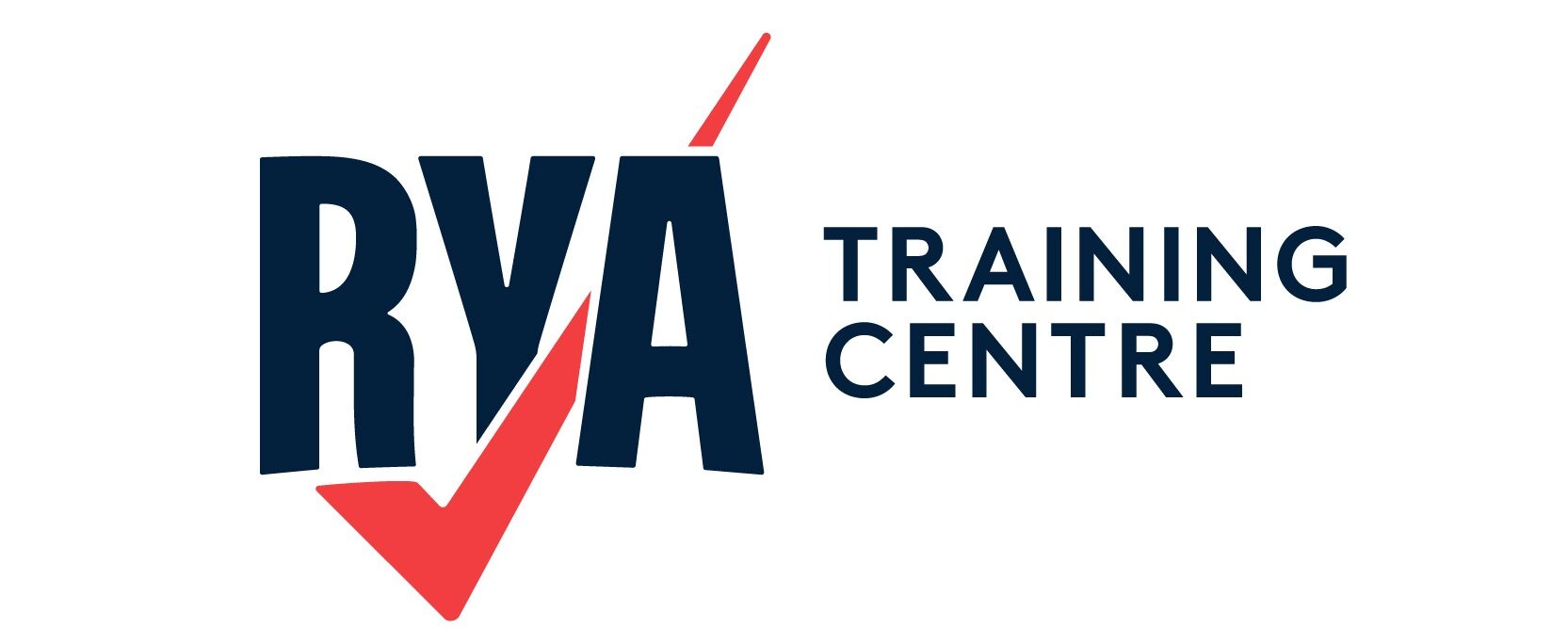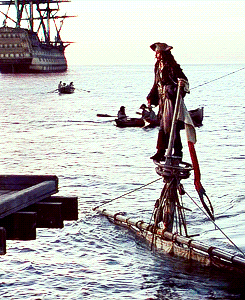Many of you sailors will have been sunburnt at least once while out on the water. You will agree that it is much easier and safer to apply sunscreen to prevent sunburn, rather than treating the potentially dangerous results later. The point being, that prevention is better than cure.
Preventing leaks and flooding on your boat through regular maintenance and checks is also the easier and safer option. Checks and inspections are designed to detect small problems early. This stops them from escalating into life threatening issues later, such as capsizing or sinking.
Causes of Leaks, Flooding & Sinking
There are two ways you may take on board water. Firstly, from a slow leak that you haven’t noticed; or secondly, from a major impact.
Groundings will cause damage to the hull or keel. It doesn’t matter whether it was a light grounding in sand, or a heavy hit into rock or coral. Both instances can lead to the weakening of your vessel’s keel. You DO NOT want this to happen as it may result in a loose keel and flooding, or complete keel detachment and capsize. Similarly, hitting something submerged underwater (or another vessel) may seriously puncture the hull leading to flooding.
Other leaks may be caused by the toilet pump seizing up, general wear and tear, seized skin fittings, and lack of maintenance. All of these problems can be easily identified and fixed through regular inspection, servicing and checks.
How To Prevent Leaks & Flooding
Regular checks, maintenance and repairs are the key, alongside a professional survey if you have an impact from grounding or collision. Add the following points into your regular maintenance checklist:
- Inspect hull and structure for keel loosening or detachment
- Ensure softwood bungs are attached to each skin fitting and their are no leaks
- Open and close the skin fittings monthly to prevent seizure
- Service skin fitting annually
- Check and service bilge pumps
- Check for leaks around the toilet and pipes
- Check for leaks around keel bolts.
To prevent running aground, properly prepare your passage plans and practice good navigation. If you do run aground, make sure to get your vessel inspected by a marine surveyor. We have a number of helpful blogs based around this topic:
The 10 Key Points of Passage Planning
Passage Planning: Weather Systems
Passage Planning: How To Use GRIB Files
Sadly, accidents do happen so ensure that your vessel is properly equipped with the correct safety equipment and that the crew know how to use it.


